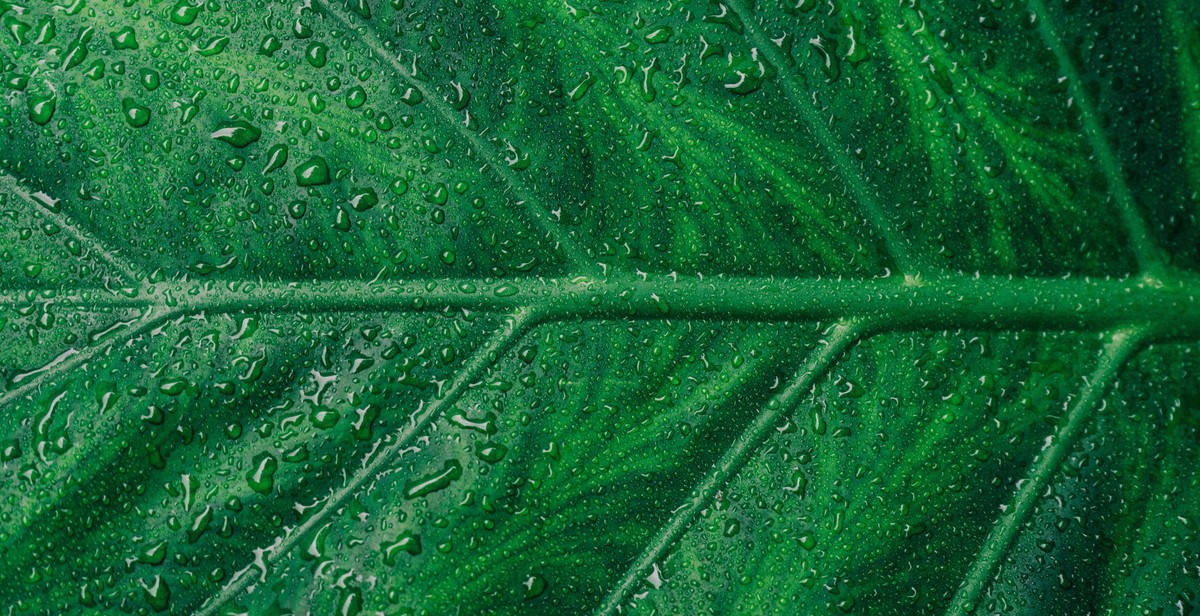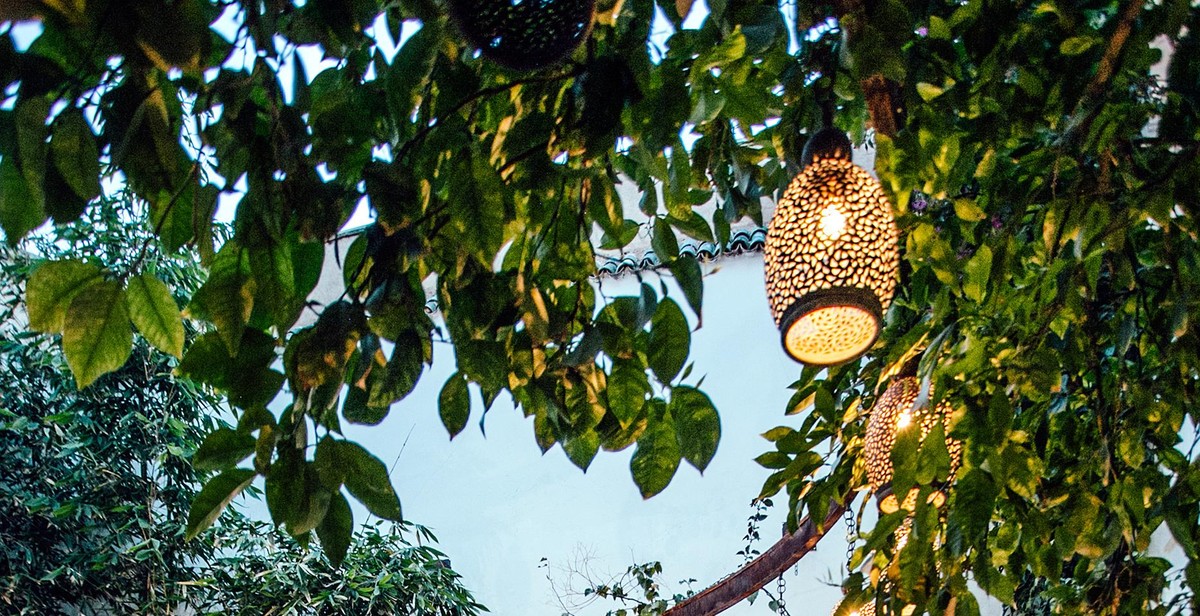How to Design a Water-Wise Garden for Conservation
Gardening is a wonderful hobby that allows you to connect with nature and create a beautiful outdoor space. However, with the increasing concern for water conservation, it’s important to design a garden that is sustainable and water-wise. A water-wise garden is one that uses minimal water and is designed to withstand drought conditions. In this article, we will discuss the steps you can take to design a water-wise garden that not only conserves water but also adds beauty to your outdoor space.
Why Design a Water-Wise Garden?
Water is a precious resource, and it’s becoming increasingly important to use it wisely. A water-wise garden is not only environmentally responsible, but it can also save you money on your water bill. Additionally, a water-wise garden is low maintenance and requires less time and effort to maintain.
Steps to Design a Water-Wise Garden
Designing a water-wise garden may seem daunting, but it’s actually quite simple. Here are the steps you can take:
- Choose the right plants
- Group plants according to their water needs
- Use mulch
- Implement efficient irrigation systems
- Harvest rainwater
By following these steps, you can create a beautiful and sustainable garden that conserves water and supports the environment.

What is a Water-Wise Garden?
A water-wise garden, also known as a drought-tolerant garden or xeriscape, is a garden that is designed to minimize water usage while still maintaining a beautiful and functional outdoor space. This type of garden is ideal for areas that experience water scarcity or drought conditions, as well as for homeowners who want to conserve water and reduce their water bills.
Definition and Benefits
A water-wise garden is typically designed using plants that are native or adapted to the local climate and soil conditions. These plants require less water than non-native or exotic plants and are more resistant to pests and diseases. In addition, a water-wise garden may include features such as mulch, which helps to retain moisture in the soil, and efficient irrigation systems, such as drip irrigation or soaker hoses, which deliver water directly to the roots of plants and minimize evaporation.
The benefits of a water-wise garden are numerous. First and foremost, it helps to conserve water, which is an increasingly precious resource in many parts of the world. By reducing water usage, homeowners can also save money on their water bills and reduce the demand on municipal water supplies. In addition, a water-wise garden can provide habitat for local wildlife, such as birds and butterflies, and can enhance the beauty and value of a property.
Why is Water-Wise Gardening Important?
Water-wise gardening is important for several reasons. First, as mentioned above, it helps to conserve water, which is becoming an increasingly scarce resource in many parts of the world. By reducing our water usage, we can help to ensure that there is enough water for future generations and for the natural ecosystems that rely on it.
Second, water-wise gardening can help to reduce the impact of drought and water scarcity on our communities. By using plants that are adapted to local conditions and require less water, we can help to maintain the beauty and functionality of our outdoor spaces even during times of drought.
Finally, water-wise gardening is an important part of sustainable living. By reducing our water usage, we can help to reduce our overall environmental impact and promote a more sustainable future for ourselves and for the planet.

Factors to Consider in Designing a Water-Wise Garden
Designing a water-wise garden is not only beneficial for saving water, but it also helps in conserving the environment. Here are some factors to consider when designing a water-wise garden:
Climate and Weather Conditions
The climate and weather conditions of your area play a significant role in designing a water-wise garden. It is essential to choose plants that are suitable for your region’s climate and can withstand the weather conditions. For instance, if you live in a hot and dry area, you should consider drought-tolerant plants that can survive with minimal water.
Soil Type and Quality
Soil type and quality are crucial factors to consider when designing a water-wise garden. The soil should be well-draining to prevent waterlogging, which can lead to the roots rotting. It is also essential to improve soil quality by adding organic matter, such as compost, to retain moisture and nutrients.
Plant Selection
Choosing the right plants is essential for designing a water-wise garden. You should select plants that require minimal water and can thrive in your area’s climate and weather conditions. Native plants are an excellent choice as they are adapted to the local environment and require less maintenance.
Watering Techniques
Watering techniques are critical in a water-wise garden. It is essential to water the plants deeply but less frequently to encourage deep root growth. Using a drip irrigation system can also help in conserving water as it delivers water directly to the plants’ roots, minimizing evaporation and runoff.
| Factors | Description |
|---|---|
| Climate and Weather Conditions | Choose plants that can withstand the weather conditions in your area |
| Soil Type and Quality | Improve soil quality and choose well-draining soil |
| Plant Selection | Choose plants that require minimal water and are adapted to the local environment |
| Watering Techniques | Water deeply but less frequently and use drip irrigation system |

Steps in Designing a Water-Wise Garden
Designing a water-wise garden is an excellent way to conserve water and create a beautiful outdoor space. Here are the essential steps to follow when designing a water-wise garden:
Assess Your Garden’s Water Needs
The first step in designing a water-wise garden is to assess your garden’s water needs. You need to understand how much water your garden requires to thrive and which areas in your garden require more water. This information will help you plan your garden design and select the appropriate irrigation system.
Plan Your Garden Design
After assessing your garden’s water needs, the next step is to plan your garden design. Your garden design should incorporate water-wise principles such as selecting drought-tolerant plants, grouping plants according to their water needs, and creating a water-efficient layout. You should also consider using hardscaping elements such as rocks, gravel, and pavers to reduce the amount of water needed in your garden.
Select Water-Wise Plants
The key to a successful water-wise garden is selecting the right plants. Choose plants that are native to your area and are adapted to your local climate. These plants are more likely to thrive in your garden and require less water. You should also select plants that have low water requirements, such as succulents, cacti, and other drought-tolerant plants.
Install Irrigation System
Once you have selected your plants and designed your garden, the next step is to install an irrigation system. A drip irrigation system is the most water-efficient option as it delivers water directly to the plant’s roots. You can also install a rainwater harvesting system to collect rainwater and use it to water your garden.
Mulch and Maintain Your Garden
Finally, mulch your garden to help retain moisture in the soil and reduce water evaporation. Regularly maintain your garden by removing weeds, deadheading flowers, and pruning plants to promote healthy growth and conserve water.
In conclusion, designing a water-wise garden is an excellent way to conserve water and create a beautiful outdoor space. By following these steps, you can create a water-efficient garden that thrives in your local climate.

Water-Wise Garden Design Ideas
Designing a water-wise garden is essential for conservation and sustainability. By incorporating xeriscaping, rain gardens, and vertical gardens into your garden design, you can reduce water usage, promote biodiversity, and create a beautiful and functional outdoor space. Here are some water-wise garden design ideas to consider:
Xeriscaping
Xeriscaping is a landscaping technique that uses plants that are adapted to arid conditions and require little to no irrigation. By incorporating xeriscaping into your garden design, you can conserve water and reduce maintenance costs. Here are some xeriscaping ideas:
- Choose plants that are native to your region and are adapted to the local climate and soil conditions.
- Group plants with similar water needs together to create efficient irrigation zones.
- Use mulch to retain moisture in the soil and prevent evaporation.
- Install a drip irrigation system to deliver water directly to the roots of plants.
Rain Gardens
Rain gardens are designed to capture and filter rainwater runoff from rooftops, driveways, and other impervious surfaces. By incorporating a rain garden into your garden design, you can reduce erosion, improve water quality, and create a beautiful and functional landscape feature. Here are some rain garden ideas:
- Choose plants that are adapted to wet conditions and can tolerate occasional flooding.
- Design your rain garden to capture and filter runoff from your property and adjacent areas.
- Use porous materials, such as gravel or permeable pavers, to create a stable surface for walking and driving.
- Install a rain barrel or cistern to capture and store rainwater for later use.
Vertical Gardens
Vertical gardens are a great way to maximize space and conserve water in small or urban settings. By incorporating a vertical garden into your garden design, you can grow a variety of plants in a small footprint and reduce water usage. Here are some vertical garden ideas:
- Choose plants that are adapted to vertical growing conditions, such as succulents or herbs.
- Use a variety of containers, such as hanging baskets, wall planters, or pallets, to create a dynamic and visually interesting display.
- Install a drip irrigation system to deliver water directly to the roots of plants and reduce water waste.
- Position your vertical garden in a sunny location to promote healthy plant growth.
Conclusion
By incorporating xeriscaping, rain gardens, and vertical gardens into your garden design, you can create a beautiful and sustainable outdoor space that conserves water and promotes biodiversity. Whether you have a small urban garden or a large rural property, there are a variety of water-wise garden design ideas to consider. Start by choosing plants that are adapted to your local climate and soil conditions, and experiment with different techniques to find the best solution for your needs.

Conclusion
Designing a water-wise garden is not only beneficial for the environment but also for your wallet. By following the tips and tricks mentioned in this article, you can create a beautiful and sustainable garden that conserves water and reduces your water bill.
Remember these key takeaways:
- Choose native and drought-resistant plants
- Group plants with similar water needs together
- Use mulch to retain moisture and prevent evaporation
- Install a drip irrigation system
- Harvest rainwater and use it for irrigation
- Minimize lawn areas and replace with water-wise alternatives
Incorporating these water-wise gardening techniques not only helps to conserve water but also creates a sustainable and beautiful garden that attracts wildlife and promotes biodiversity. With a little effort and creativity, you can design a water-wise garden that is both environmentally friendly and aesthetically pleasing.
| Additional Resources: |
| WaterSense Outdoor Water Use |
| Water Saving Tips for Gardening |
| Garden for Wildlife |
